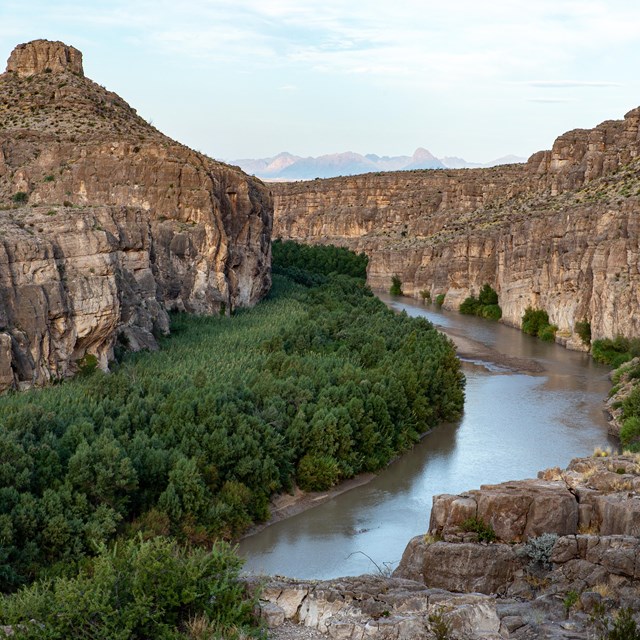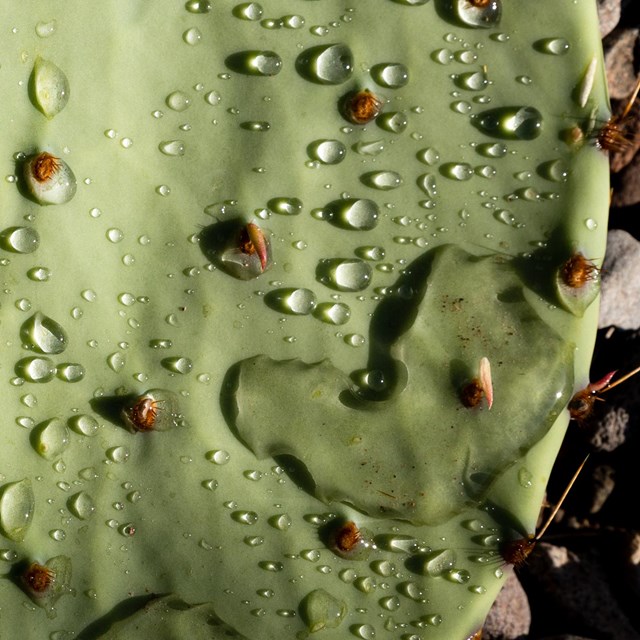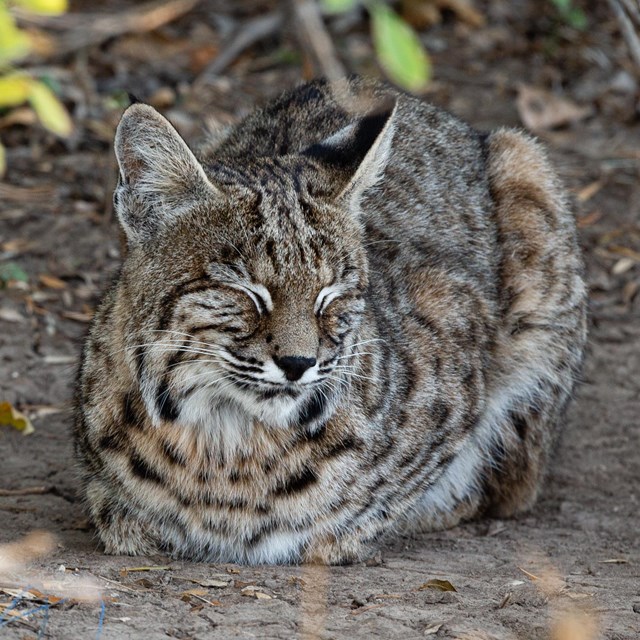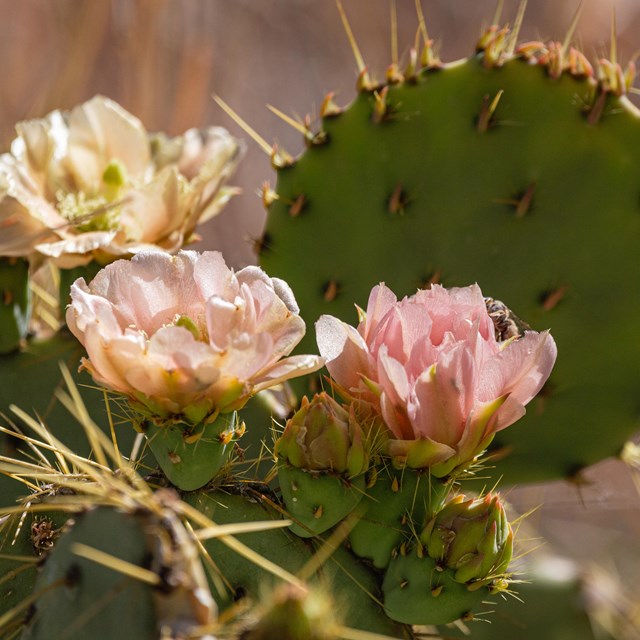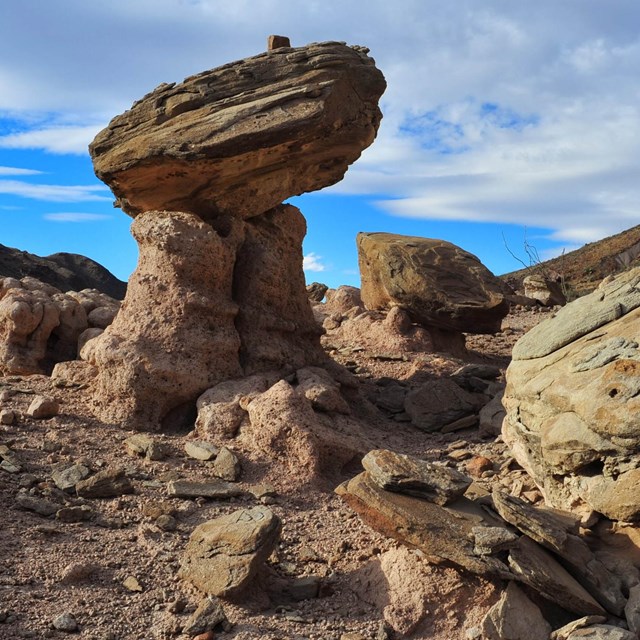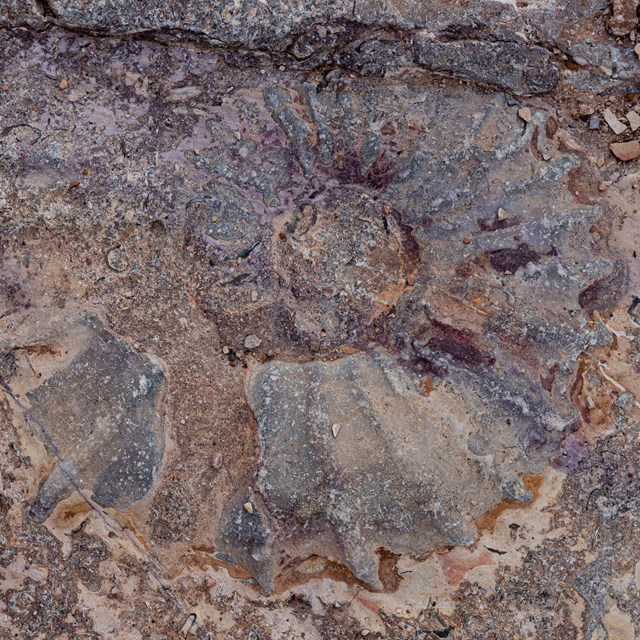|
Big Bend is famous for its natural resources and spectacular geology. The park's varied array of habitats support more than 1,200 species of plants (including some 60 cacti species), 11 species of amphibians, 56 species of reptiles, 40 species of fish, 75 species of mammals, over 400 species of birds, and about 3,600 species of insects. The park boasts more types of birds, bats, butterflies, ants, scorpions, and cacti than any other national park in the United States. Natural History of Big Bend
|
Last updated: November 16, 2023

